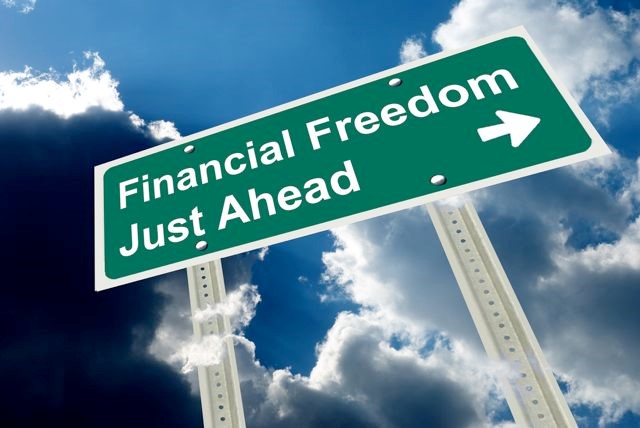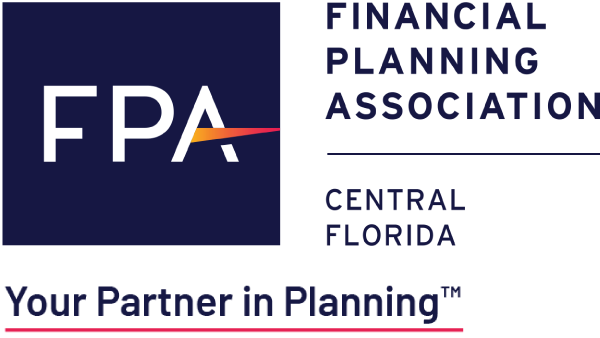
On FIRE: Is Retiring Early, in Your 30s, 40s or 50s, a Viable Option?

Financial Independence, Retire Early, or FIRE, is a real movement, where people build a sizable enough financial nest egg to quit working at an early age — typically in their 30s, 40s or 50s. But is FIRE a real possibility for you?
Members of the FIRE movement retire early either to stop working altogether or to take a temporary break from work, then pivot into another undertaking: a new career, home-schooling their kids, pursuing a philanthropic interest, etc. The motivation behind the movement are many. Some do it to take advantage of the wealth they have accumulated at a relatively young age; others do it to live a simpler, more fulfilling (and perhaps more frugal) existence. Some do it to leave behind a particularly stressful or unfulfilling professional track; others to pursue their passions.
For people who aspire to FIRE, “it helps to have a high income, but it’s not a requirement,” explains FPA member Danny Kenny, a CERTIFIED FINANCIAL PLANNER™ professional and founder of FI-nancial Planner, a firm that caters to people pursuing financial independence (and in some cases, an earlier retirement). “The driving factor is the gap between earning and spending.” The lower the percentage of income a person spends, the more they can aggressively put away toward retiring early.
FIRE isn’t a viable option for everyone, for practical as well as emotional reasons. Finances can be a huge limiting factor. Retiring early requires a person, couple or family to “fully commit to a lifestyle whose single goal is amassing sufficient funds and guaranteed income to live many years without work-related income,” explains Peter C. Hoglund, CFP®, of AEPG Wealth Strategies in Warren, NJ.
Still, for many, it’s an enticing, if remote, possibility. Here’s a look at what it takes to turn that possibility into reality.
Saving and investing. To make FIRE work, a person has to win two types of races, says Hoglund. There’s the sprint to accumulate enough assets to last the full span of retirement — likely multiple decades. Then there’s the marathon, the methodical spending down of those assets over time, taking extreme care not to deplete them too quickly. A wide range of factors go into projecting the amount of assets needed to finish that marathon. The FIRE-minded person or couple needs to account for the fact that they’ll have less time to accumulate and grow their assets prior to retiring, for example. They’ll also need to account for healthcare costs that tend to escalate with age, and for a longer life expectancy, with increasing odds they’ll live into their 80s, 90s and even beyond.
During the sprint, Hoglund recommends saving into multiple tax-diversified buckets for flexibility, including brokerage accounts, Roth after-tax savings vehicles as well as pre-tax 401(k) or IRA savings vehicles for leveraged savings now through tax-deferral. The early retirement goal dictates that people assume a more aggressive investing stance with much of the assets in these accounts. Ultimately, the accounts “become rainy-day funds at first, with dollars in Roth or brokerage accounts as the first withdrawal areas for FIRE retirees.” As for other income sources in retirement, he suggests considering annuities, real estate, CDs and the like. “This income can form the basis of [funding] your budget, with other assets serving as one-off withdrawal areas.”
On the savings side of the FIRE equation (the sprint), Kenny looks to calculate a "retirement inevitability" number — the point at which the retirement nest egg reaches an amount where the person or couple doesn’t need to save any more money because their accumulated savings are projected to be enough to fund retirement, from whatever point they choose to stop working. “At this point, it's possible to scale back your career and only earn what you need to spend, and let your savings grow in the background to fund a full retirement in the future,” he explains.
There are ways for people to reach that number faster, he notes. They can take on a second job or “side hustle,” for example, or open their home to paying tenants to boost income and defray expenses. They also can start putting money aside in a retirement and/or brokerage account early, in their early 20s or even their teens.
A number of factors can hamper the sprint to the point of retirement inevitably, however. Chief among them is the risk that a person’s assets don’t grow as fast as they need them to because of a prolonged equity market downturn, which can delay reaching the point of inevitability.
Budgeting. For many people who aspire to FIRE, keeping to a strict spending plan, or budget, is critical during both the sprint and the marathon. It’s vital for them to understand “that living the frugal, saving-focused life before ending employment doesn’t mean that you can end this lifestyle in retirement,” says Hoglund. “Glamourous trips to Thailand are exciting for Instagram but need to fit into a well-controlled budget to maintain the marathon aspect of the FIRE lifestyle.”
Creating a household spending plan or budget means tracking household spending, then figuring out how much you’ll need to cover expenses while still setting aside enough to build the asset base to (and, perhaps, beyond) the “retirement inevitability” point identified by Kenny. This involves projections on the demand side, of lifestyle and the expenses to support that lifestyle, of inflation, of life expectancy and more, and on the supply side, of how much income the nest egg will be able to produce to support that lifestyle for the duration of retirement.
Making it work emotionally. The emotional considerations that accompany an early retirement are as important as the practical financial considerations, according to Kenny. People considering FIRE have to ask themselves first whether it’s possible from a practical financial standpoint, then “whether they’re willing to commit to changing their lifestyle to make it a reality,” he says.
It’s important that people have compelling emotional reasons for pursuing an early retirement. “It’s about retiring to something, not from something,” he explains. “I encourage people to really think about, and create a vision for, what their retirement is going to look like.”
During the sprint to early retirement, FIRE pursuers also need to prepare themselves emotionally for market volatility, and the possibility a sustained dip in the market could dampen the value of their nest egg and thus delay their retirement. They also need to prepare emotionally for the social ramifications of retiring early. What will life be like without a nine-to-five job to fill your days, provide work-based social connections and professional fulfillment? How will you being retired while your friends are still working impact your social life? “You have to realize some of your relationships could be stressed because you’re retired and your friends aren’t,” says Kenny.
For people with a strong drive to retire early, however, considerations like these may not be enough to douse their FIRE.
October 2019 — This column is provided by the Financial Planning Association® (FPA®) and FPA of Central Florida, the principal membership organization for Certified Financial PlannerTM professionals. FPA seeks to elevate a profession that transforms lives through the power of financial planning. Through a collaborative effort to provide members with tools and resources for professional education, business support, advocacy and community, FPA is the indispensable resource in the advancement of today’s CERTIFIED FINANCIAL PLANNER™ professional. Please credit FPA of Central Florida if you use this column in whole or in part. The Financial Planning Association is the owner of trademark, service mark and collective membership mark rights in: FPA, FPA/Logo and FINANCIAL PLANNING ASSOCIATION. The marks may not be used without written permission from the Financial Planning Association.

